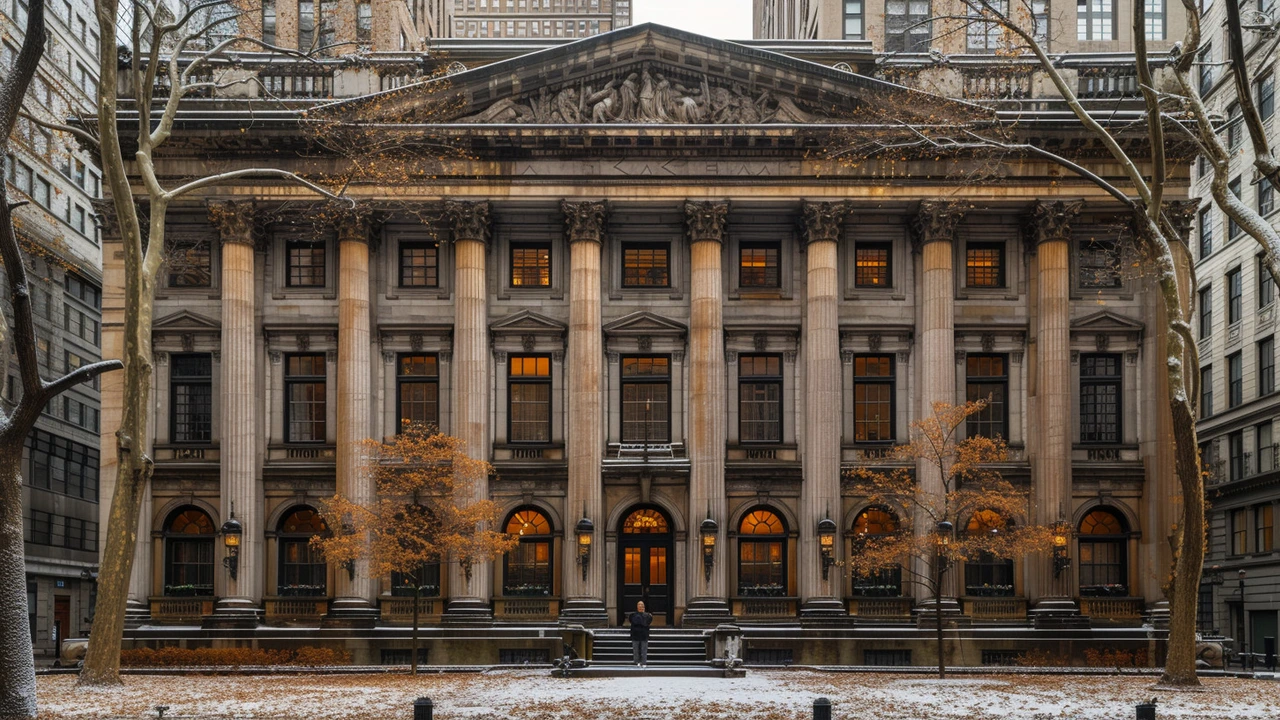Hey everyone, it's your favorite design enthusiast here! Have you ever noticed how the grand, symmetrical designs of Federal architecture have seeped into our homes' interiors? It's like these historical buildings have whispered their secrets into the very fabric of our modern living spaces. I'm diving into how the elegant and authoritative vibes of pillars, domes, and classic ornamentation are transforming our contemporary design choices. It's fascinating to see these timeless elements giving a distinctive character to interior aesthetics, blending old-world charm with the comfort of the modern world. Stick with me as I unwrap the layers of influence that Federal architecture has had on interior design!
Design Aesthetics: How to Read and Use Architectural Style
Good design looks natural, but it’s built from clear choices: shape, material, rhythm, and detail. If you want to spot what makes a building "feel" a certain way or use those ideas in a project, focus on specific, repeatable traits instead of guessing a style name.
How to read a building’s aesthetic
Start with silhouette and scale. Is the roof steep or flat? Are forms bold and geometric like Bauhaus and Mid-Century Modern or layered and ornate like Baroque and Beaux-Arts? Next, look at rhythm—windows, columns, and repeating elements set a pace that defines a style. Then check details: ornament, molding, and materials. Stone columns and carved cornices point to Greek Revival or Beaux-Arts; steel and glass call out High-Tech or Neo-Futurism.
Material choices tell a lot fast. Brick and sash windows often lean Georgian; red tile and arched openings suggest Mediterranean Revival. Exposed concrete and angular volumes hint at Expressionist or Brutalist roots. These clues are simple, and together they form a reliable visual shorthand.
Use style intentionally: simple steps
When you choose an aesthetic for a project, name three words that describe the mood you want: for example, "formal, ordered, and refined" or "light, airy, and tech-forward." Those words guide decisions about proportion, color, and details. If you want a formal look, pick symmetric compositions, classical columns, and stone or stucco. For a modern, tech feel, favor glass, exposed structure, and minimal trim.
Balance context with identity. A strong aesthetic respects surroundings—scale, neighboring buildings, and local climate. A Mid-Century detail can work in a modern retrofit if you match height and rhythm with nearby facades. Conversely, inserting a heavy Baroque building in a lightweight glass neighborhood will feel off unless it’s carefully composed to bridge both worlds.
Practical details matter. Pick materials that weather well for the site, and choose details that are buildable within your budget. Small changes—consistent window proportions, a unifying cornice line, or a repeated railing pattern—can sell a style without copying historic elements exactly.
Quick checklist: 1) Identify silhouette and scale. 2) Note rhythm and window patterns. 3) Check materials and finishes. 4) Define three mood words and use them as design rules. 5) Test for context fit and buildability.
Want a fast example? To evoke Beaux-Arts, choose symmetry, stone cladding, a strong base, and decorative cornices. For a Bauhaus touch, simplify forms, use flat roofs, and highlight function with clean lines. Those clear swaps let you borrow the strength of historic styles while keeping projects modern and practical.
Use these steps to read buildings like a pro and to apply design aesthetics with confidence—no jargon, just clear choices that add meaning and value to your work or walk down the street.

